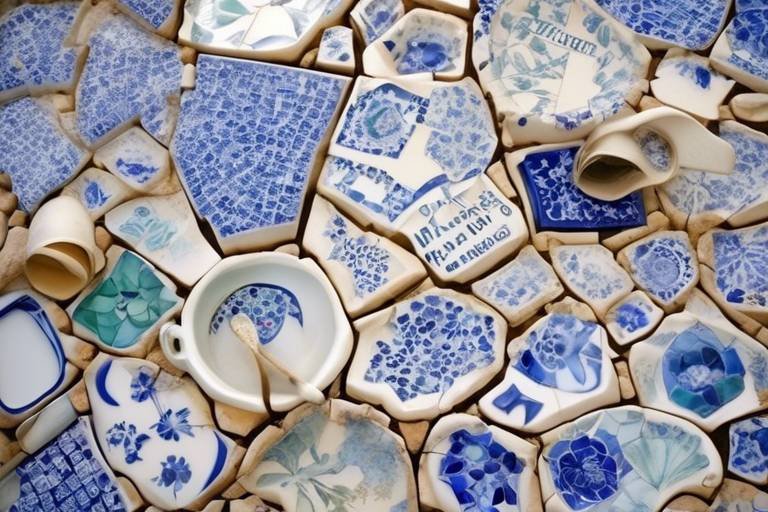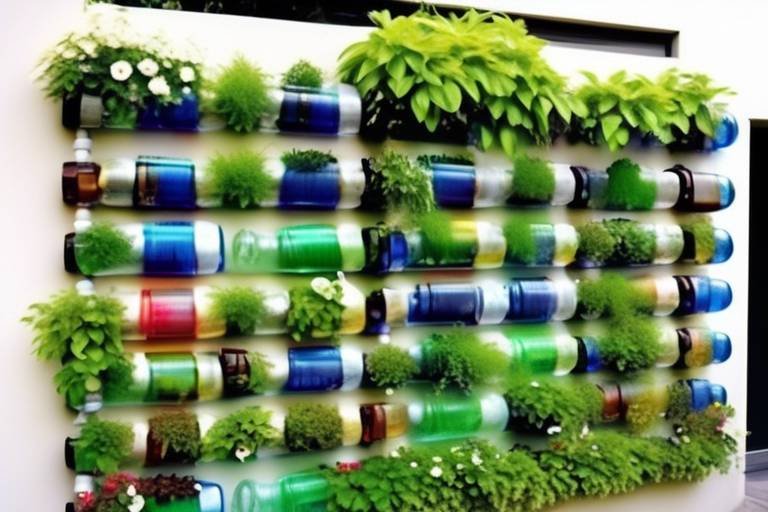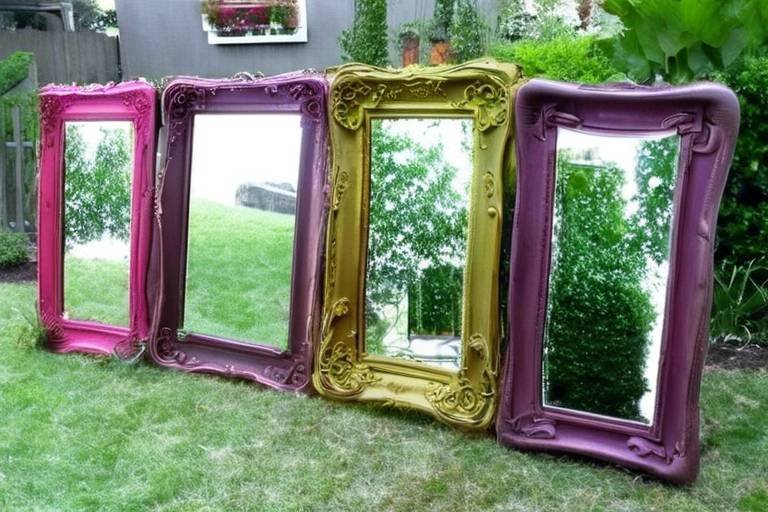Repurposing Your Way to a Clutter-Free Home
Are you tired of tripping over clutter in your home, wondering how it all accumulated? You’re not alone! Many of us find ourselves surrounded by items that no longer serve a purpose, creating chaos in our living spaces. But what if I told you that the solution might be right under your nose? Repurposing is not just a trend; it's a creative and sustainable way to breathe new life into your home while simultaneously decluttering. In this article, we’ll explore innovative strategies for transforming unused items into functional pieces, making your home both organized and aesthetically pleasing.
So, what exactly is repurposing? At its core, repurposing is the art of creatively reusing items to serve a new purpose. Think of it as giving your belongings a second chance at life! Instead of tossing out that old chair or those mismatched plates, why not turn them into something unique and functional? The benefits of repurposing are immense: it not only reduces waste but also sparks creativity and saves money. By embracing this practice, you’ll find that your home can transform from a cluttered space into a sanctuary of organization and style.
The first step in your journey towards a clutter-free home is recognizing what clutter truly is. Clutter isn’t just about having too many things; it’s about holding onto items that no longer serve a purpose in your life. Take a moment to assess your surroundings. Are there items you haven’t used in ages? Maybe that old blender that’s been collecting dust or the stack of magazines from last year? Techniques for identifying unnecessary items include asking yourself questions like: "When was the last time I used this?" or "Does this item bring me joy?" By being honest with yourself, you can begin to see the potential for transformation in these overlooked objects.
Understanding where clutter often originates is crucial. Here are some common sources:
- Old Furniture: Outdated or damaged furniture can take up space without serving a purpose.
- Clothing: We all have that pile of clothes we never wear—time to get creative!
- Kitchenware: From mismatched dishes to gadgets that never see the light of day, kitchens are often clutter hotspots.
By recognizing these sources, you can create a targeted strategy for repurposing, turning what was once considered clutter into something beautiful and functional.
Let’s dive into some exciting ideas for repurposing furniture! For instance, an old wooden chair can be transformed into a charming plant stand. Or perhaps you have a dresser that’s seen better days—why not convert it into a unique bathroom vanity? The possibilities are endless! Here are a few creative ideas to get those wheels turning:
- Turn an unused bookshelf into a cozy pet bed.
- Repurpose an old table into a stylish desk for your home office.
- Transform wooden pallets into outdoor furniture.
Each of these projects not only reduces clutter but also adds a personal touch to your space, making it uniquely yours!
Clothing and textiles are another treasure trove for repurposing! Instead of letting those old t-shirts languish in the back of your closet, consider turning them into a cozy quilt or reusable shopping bags. You can even transform worn-out jeans into stylish denim coasters or a trendy bag. The key is to think outside the box and see the potential in every piece of fabric. With just a little creativity, you can create unique home decor or practical items that reflect your style.
The kitchen is often overlooked when it comes to repurposing, but it’s a goldmine for creative projects. Have you ever thought about using an old colander as a hanging planter? Or how about turning glass jars into chic storage containers for pantry staples? The kitchen is a place where function meets fun, and repurposing can add both style and practicality to this essential space.
Now that you’ve repurposed some items, let’s talk about storage solutions! Effective storage is key to maintaining a clutter-free home. Repurposed items can serve as stylish and functional storage options. For example, use an old ladder as a bookshelf or hang baskets on the wall to store kitchen essentials. These solutions not only help keep your home organized but also add a touch of creativity to your decor.
Engaging in DIY projects that utilize repurposed materials for storage can be incredibly rewarding. Not only are these projects budget-friendly, but they also allow you to put your personal touch on your home. Whether it's creating a shoe rack from crates or a jewelry organizer from an old frame, the options are endless. Plus, DIY projects can be a fun way to spend time with family and friends!
Don’t forget to incorporate natural elements into your repurposing projects! Using plants or organic materials can enhance your home's aesthetic. For instance, you can create a beautiful centerpiece using repurposed glass bottles filled with fresh flowers or herbs. This not only beautifies your space but also brings a breath of fresh air into your home.
After all that hard work repurposing, it’s essential to maintain your newly organized space. Here are some tips for sustaining a clutter-free environment:
- Regularly assess items in your home and ask yourself if they still serve a purpose.
- Implement a “one in, one out” rule to prevent new clutter from accumulating.
- Make it a habit to repurpose items instead of tossing them out.
By following these simple guidelines, you can ensure that your home remains a sanctuary of organization and creativity.
Q: What items are best for repurposing?
A: Almost anything can be repurposed! Common items include furniture, clothing, kitchenware, and decor. Look for items that you no longer use or that are damaged.
Q: How do I start repurposing?
A: Begin by identifying clutter in your home. Choose a few items that you’d like to repurpose, and then brainstorm creative ways to give them new life.
Q: Are there any resources for learning repurposing techniques?
A: Yes! There are countless online tutorials, blogs, and videos that can guide you through various repurposing projects. Pinterest is also a fantastic source of inspiration!
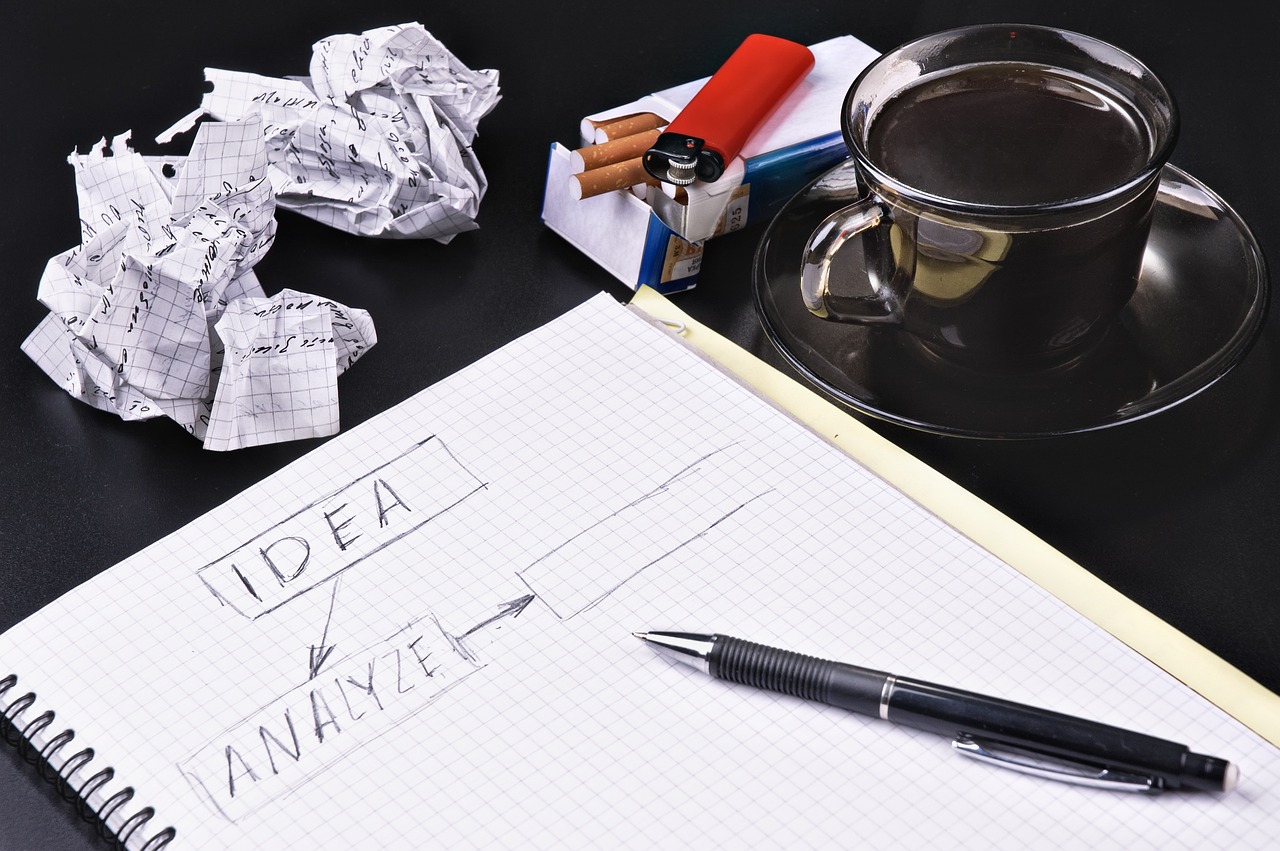
Understanding Repurposing
Repurposing is more than just a trendy buzzword; it's a creative approach to reusing items that might otherwise end up in the landfill. Imagine looking around your home and seeing potential in every corner. That old wooden pallet? It could become a rustic coffee table. Those mismatched jars? They can be transformed into stylish storage containers. Repurposing involves taking these seemingly useless items and giving them a new lease on life, allowing them to serve a different function while also adding a unique touch to your decor.
The benefits of repurposing extend beyond just aesthetics. For one, it promotes sustainability by reducing waste and minimizing the demand for new products. Every time you repurpose an item, you’re not only decluttering your space but also contributing to a healthier planet. Think of it as a win-win situation! Additionally, repurposing can be a cost-effective solution for home improvement. Instead of splurging on expensive decor or storage solutions, you can creatively use what you already have, saving money while expressing your personal style.
So, how does repurposing contribute to a clutter-free environment? Well, when you start to see the potential in your unused items, you begin to let go of the notion that they are just clutter. Instead of viewing that old chair as a piece of junk, you might see it as a chance to create a beautiful garden bench or a chic side table. This shift in perspective encourages you to assess your belongings critically and decide which items can be transformed rather than tossed aside. By embracing repurposing, you can turn your home into a space that reflects your creativity and resourcefulness.
In essence, understanding repurposing is about recognizing the value in the things we already own. It’s an invitation to think outside the box and to view our possessions through a different lens. By engaging in this process, we not only declutter our homes but also foster an environment that is both functional and visually appealing. So, grab your tools, unleash your imagination, and let's dive into the world of repurposing!
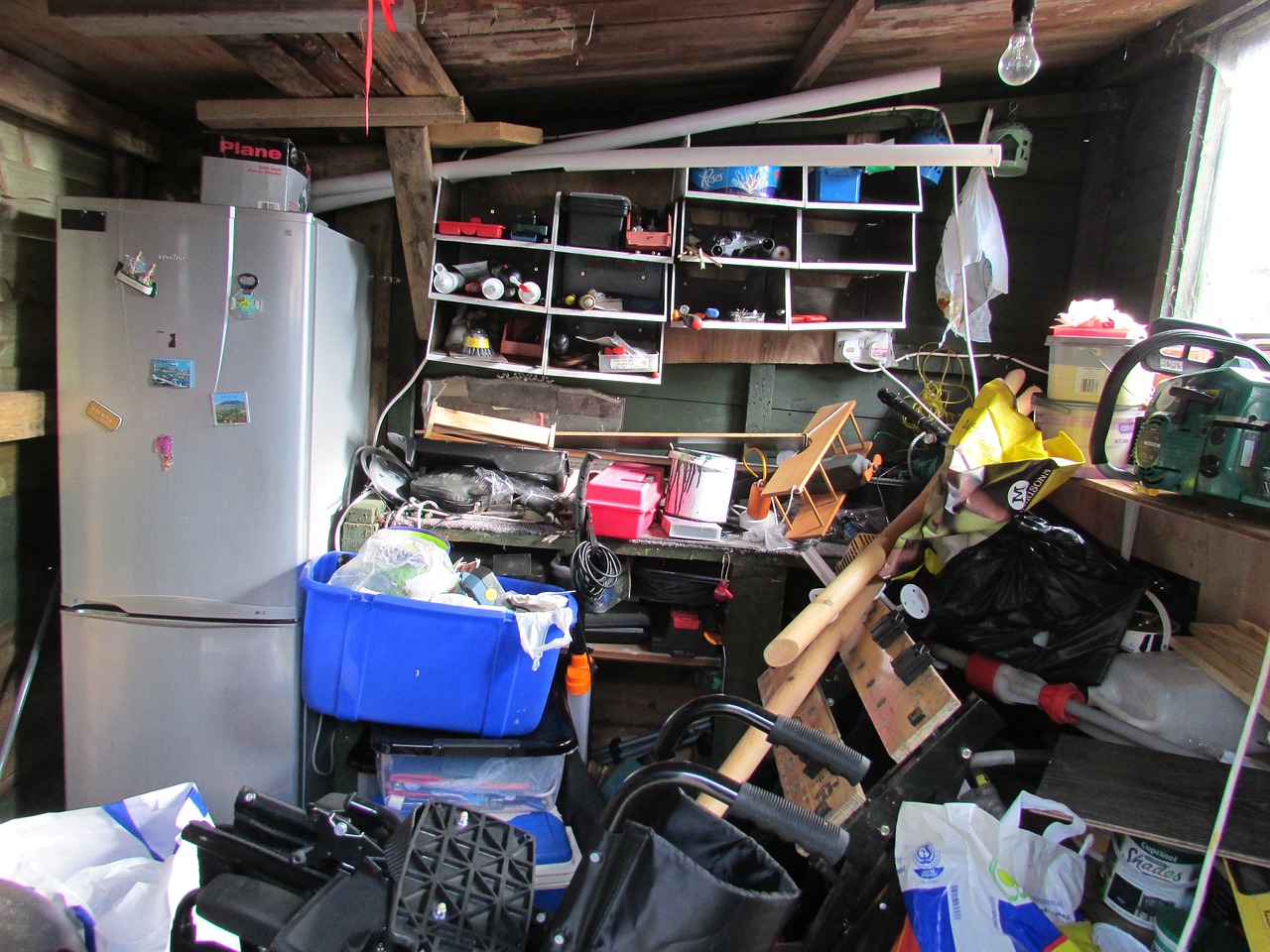
Identifying Clutter in Your Home
Identifying clutter in your home is like being a detective in your own space. It requires a keen eye and a willingness to confront the reality of what’s taking up precious room. We often accumulate items over time, and before we know it, our homes can start to resemble a chaotic storage unit rather than a cozy sanctuary. So, where do you start? It’s all about observation and a little bit of honesty. Walk through each room and ask yourself, “Do I really need this?” If the answer is a resounding “no,” you might be staring at clutter.
One effective technique for spotting clutter is to categorize your belongings. Begin with these key areas:
- Surfaces: Check countertops, tables, and shelves for items that don’t belong.
- Closets: Open those doors and assess the chaos inside. Are there clothes you haven’t worn in over a year?
- Drawers: These often become black holes of forgotten items. Pull everything out and see what you can live without.
It’s also helpful to consider the emotional attachment we have to items. Sometimes, we hold onto things because they remind us of a specific moment or person. While nostalgia is lovely, it can lead to unnecessary clutter. A good rule of thumb is to ask yourself if the item brings you joy or serves a purpose. If it doesn’t do either, it might be time to let it go.
Another approach is to use the one-year rule: If you haven’t used or worn something in the past year, it’s likely just taking up space. This can be particularly effective in areas like the garage or attic, where items often linger for years without being touched. By applying this rule, you can efficiently sift through your belongings and identify what truly matters.
Now, let’s talk about the common sources of clutter in many homes. Understanding these sources can help you create a targeted strategy for repurposing and decluttering:
| Source of Clutter | Examples |
|---|---|
| Old Furniture | Unused chairs, tables, and shelves |
| Clothing | Outdated styles, items that no longer fit |
| Kitchenware | Duplicate utensils, appliances that are rarely used |
| Sentimental Items | Gifts, memorabilia that no longer holds significance |
By identifying these sources, you can create a focused plan for repurposing. For example, an old chair can become a plant stand, or a stack of magazines can be transformed into a decorative table. The possibilities are endless when you start to see the potential in what you already own.
In conclusion, recognizing clutter is the first step toward creating a more organized and aesthetically pleasing home. It’s about making conscious choices and being honest with yourself about what you truly need. Once you’ve identified the clutter, you can move on to the exciting part—repurposing those items into something functional and beautiful!
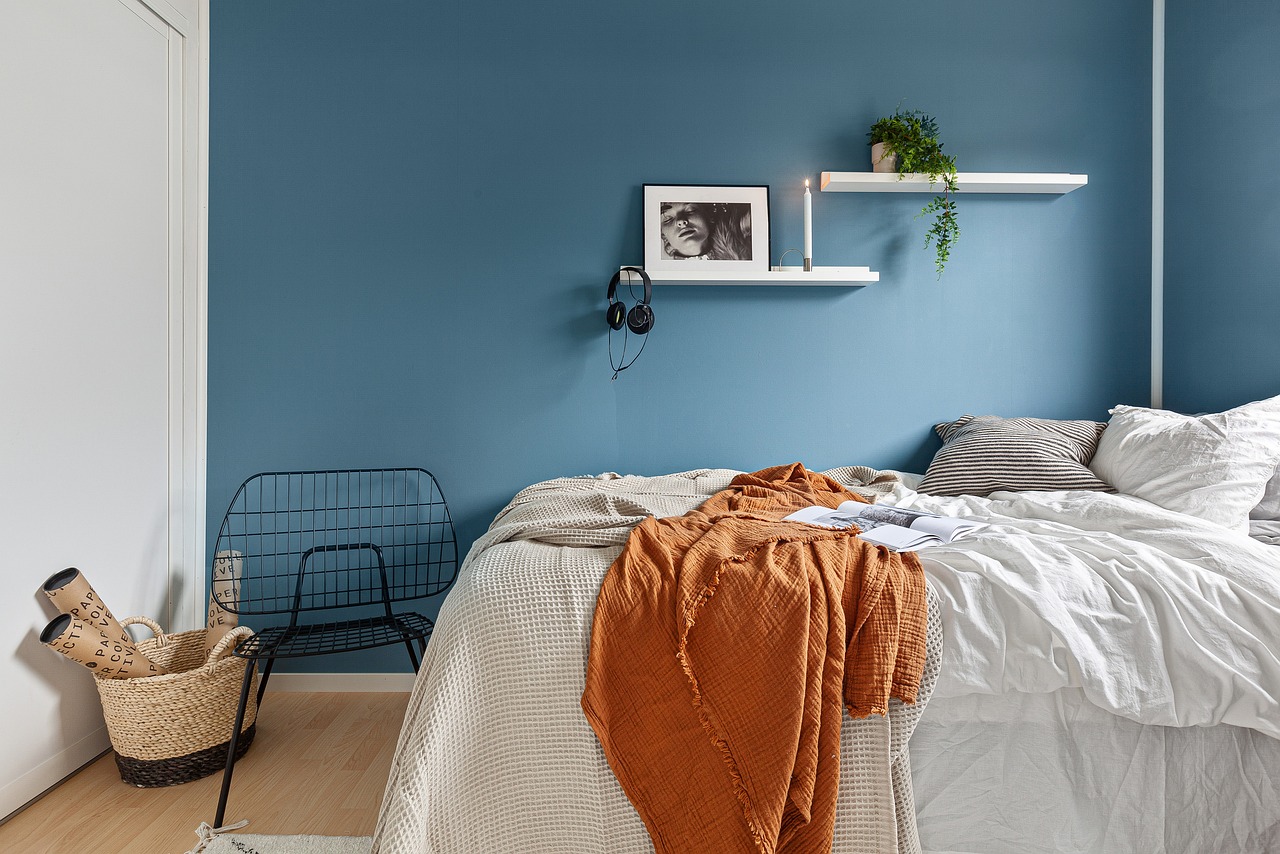
Common Clutter Sources
When it comes to decluttering your home, the first step is to identify where all that mess is coming from. It’s like searching for the root of a weed; once you find it, you can pull it out for good. Clutter can creep into your life from various sources, and being aware of these can significantly streamline your repurposing efforts. Here are some of the most common culprits:
Old furniture is often a significant source of clutter. Think about that rickety chair sitting in the corner of your living room or the coffee table that has seen better days. Instead of tossing these items out, consider how they can be transformed into something new and functional. For example, an old chair can be reupholstered and turned into a stylish accent piece, or a coffee table can be painted and used as a bench in your garden.
Another major source of clutter is clothing. We all have those pieces in our wardrobes that we haven’t worn in ages, yet we hold onto them for sentimental reasons or the hope that we’ll fit into them again. Instead of letting them take up valuable space, why not repurpose them? Old t-shirts can be turned into tote bags, and worn-out jeans can be transformed into stylish cushions. The possibilities are endless!
Kitchenware is another area where clutter tends to accumulate. From mismatched plates to outdated appliances, the kitchen can often feel cramped and chaotic. Instead of letting these items gather dust, consider how they can be repurposed. Old mason jars can become charming storage containers for spices, while a wooden cutting board can be transformed into a unique wall art piece. By looking at your kitchen items through a creative lens, you can breathe new life into them and clear out the clutter.
Lastly, don’t forget about miscellaneous items that tend to pile up, such as books, magazines, and decor pieces. These can quickly turn your space into a cluttered mess. Instead of letting them take over your shelves, think about how you can repurpose them. Old books can be stacked to create a unique side table, while magazines can be turned into decorative wall art. The key is to see the potential in every item and give it a new life.
In summary, the most common sources of clutter in your home include:
- Old furniture
- Unused clothing
- Mismatched kitchenware
- Miscellaneous items like books and decor
By identifying these sources, you can create a targeted strategy for repurposing that not only declutters your home but also adds a personal touch to your living space. Remember, every item has the potential for transformation; it just takes a little creativity and effort!
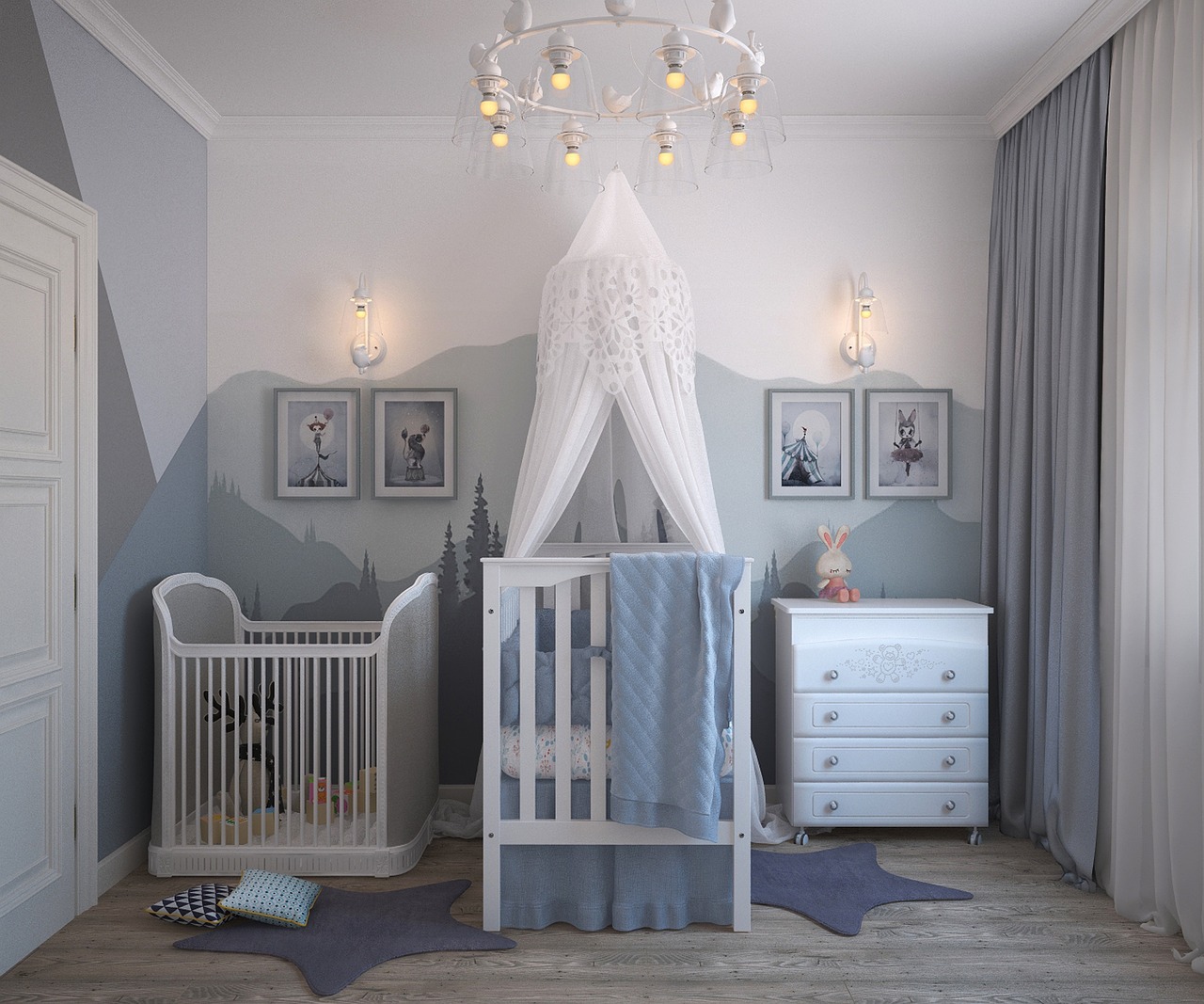
Furniture Repurposing Ideas
Have you ever looked at an old piece of furniture and thought, "What on earth am I going to do with this?" Well, you're not alone! Furniture can often feel like a burden when it no longer serves its original purpose, but with a sprinkle of creativity, it can be transformed into something spectacular. Repurposing furniture not only helps to declutter your home but also adds a unique touch to your decor that reflects your personal style.
Let's dive into some fantastic ideas that will have you seeing your old furniture in a whole new light. For instance, consider that old wooden chair collecting dust in the corner. Instead of tossing it out, why not turn it into a charming plant stand? A little sanding, a splash of paint, and voila! You've got yourself a stylish new home for your favorite greenery. This simple transformation not only clears up space but also brings a touch of nature indoors, creating a refreshing atmosphere.
Another creative idea is to repurpose an old dresser into a trendy kitchen island. Imagine the storage possibilities! You can remove the top drawers, add a butcher block surface, and suddenly, you have a functional workspace that keeps your kitchen organized. Plus, this project allows you to showcase your culinary flair while keeping your kitchen essentials neatly tucked away.
For those with a knack for DIY, an old coffee table can be transformed into a chic ottoman or a storage unit. By simply adding some foam padding and fabric, you can create a cozy seating option that also hides away magazines or blankets. This not only declutters your living room but also adds a touch of comfort and style.
And let's not forget about the potential of repurposing bookshelves. An old bookshelf can become a stunning entryway organizer. By adding hooks for keys and a small bench for shoes, you can create an inviting space that keeps your entryway tidy and functional. It's amazing how a little imagination can turn a forgotten piece of furniture into a focal point of your home!
In summary, the possibilities for repurposing furniture are endless. From turning chairs into plant stands to transforming dressers into kitchen islands, each project allows you to breathe new life into items that might otherwise end up in a landfill. So, the next time you feel overwhelmed by clutter, take a moment to look at your furniture with fresh eyes. What can you create? Your home—and the planet—will thank you!
- What types of furniture are best for repurposing? Generally, sturdy pieces like wooden chairs, dressers, and bookshelves work best as they can withstand modifications and hold up well over time.
- Do I need special tools for furniture repurposing? While some projects may require basic tools like a screwdriver or a sander, many can be done with simple household items. Always assess your project before diving in!
- Can I repurpose furniture if I'm not crafty? Absolutely! There are many simple projects that require minimal skills. Start with something easy and build your confidence as you go.
- How can I ensure my repurposed furniture is safe to use? Always check the stability of the piece after modifications. Reinforce any weak spots and ensure that all painted surfaces are non-toxic, especially if children or pets are around.
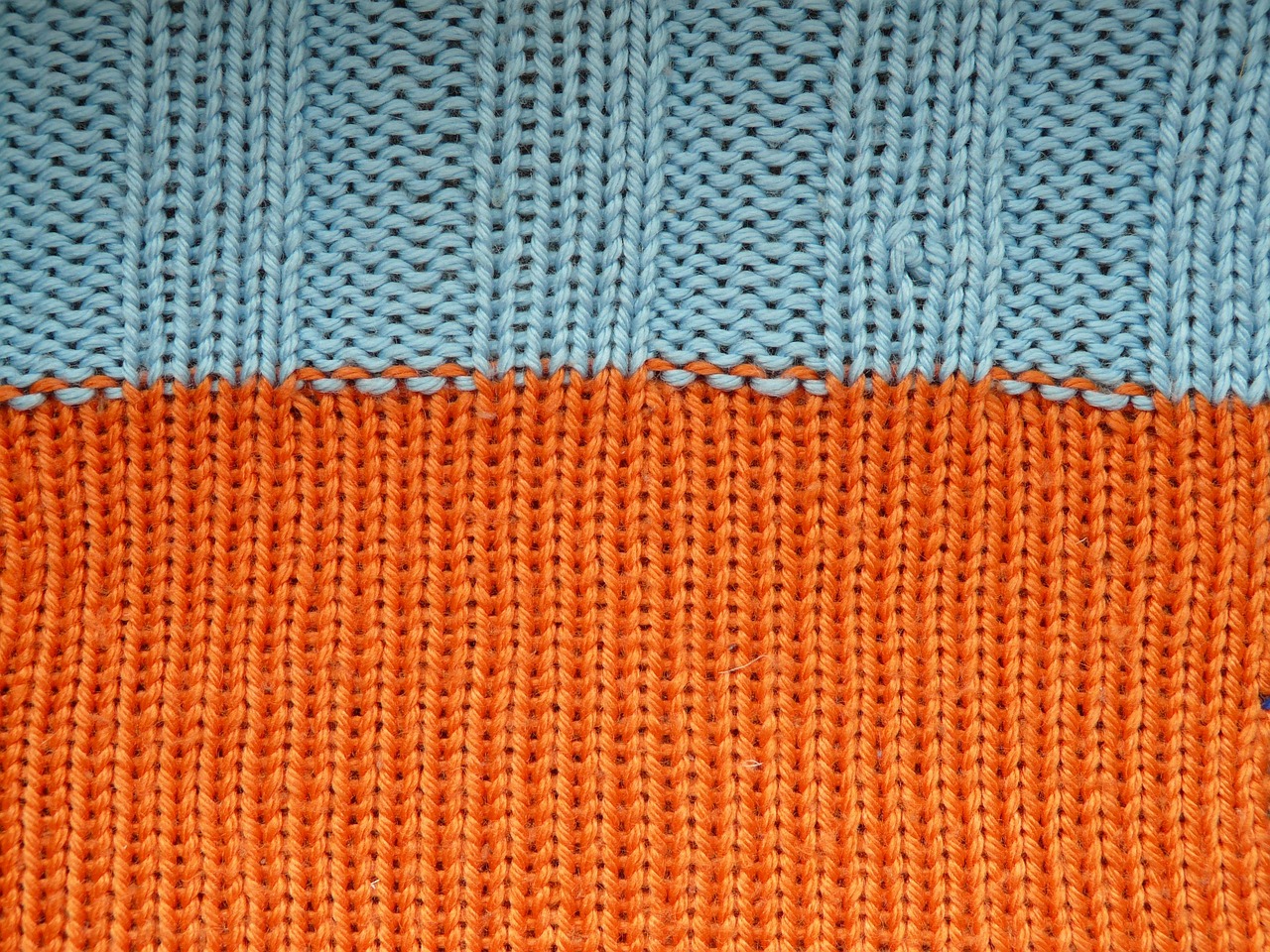
Repurposing Clothing and Textiles
When it comes to decluttering your home, clothing and textiles often represent a significant portion of the mess. Instead of tossing out those old garments or linens, why not breathe new life into them? Repurposing clothing can be a fun and creative way to not only reduce clutter but also to express your personal style. Imagine transforming an old t-shirt into a trendy tote bag or turning a worn-out pair of jeans into stylish cushion covers. The possibilities are endless, and the results can be both functional and fashionable!
One of the most exciting aspects of repurposing clothing is the opportunity to unleash your creativity. You don't need to be a professional seamstress to get started; sometimes, a simple pair of scissors and some fabric glue are all you need. For instance, you can take an oversized sweater and turn it into a cozy pillow cover or cut up an old tablecloth to create unique napkins for your dining table. Not only does this save you money, but it also reduces waste, making it a win-win situation.
Here are a few ideas to spark your imagination:
- Patchwork Projects: Gather up old jeans and create a patchwork quilt. This not only gives you a warm and cozy blanket but also tells a story of your past adventures.
- Fabric Baskets: Use old fabric scraps to weave or sew baskets for storage. These can be used for everything from toys to magazines, adding a touch of style to your organization.
- Fashion Accessories: Turn old scarves into headbands or belts. This is a simple way to add a pop of color to your outfit while keeping your wardrobe fresh.
Moreover, repurposing textiles extends beyond clothing. Think about those old sheets or towels that have seen better days. They can be transformed into cleaning rags, or you can sew them into reusable shopping bags. Not only will you declutter your home, but you'll also contribute to a more sustainable lifestyle.
As you embark on your repurposing journey, don't hesitate to look for inspiration online. Platforms like Pinterest are bursting with ideas and tutorials that can guide you step-by-step through the process. Whether you're a DIY novice or a seasoned crafter, there’s something for everyone. Remember, the key is to have fun and let your creativity flow!
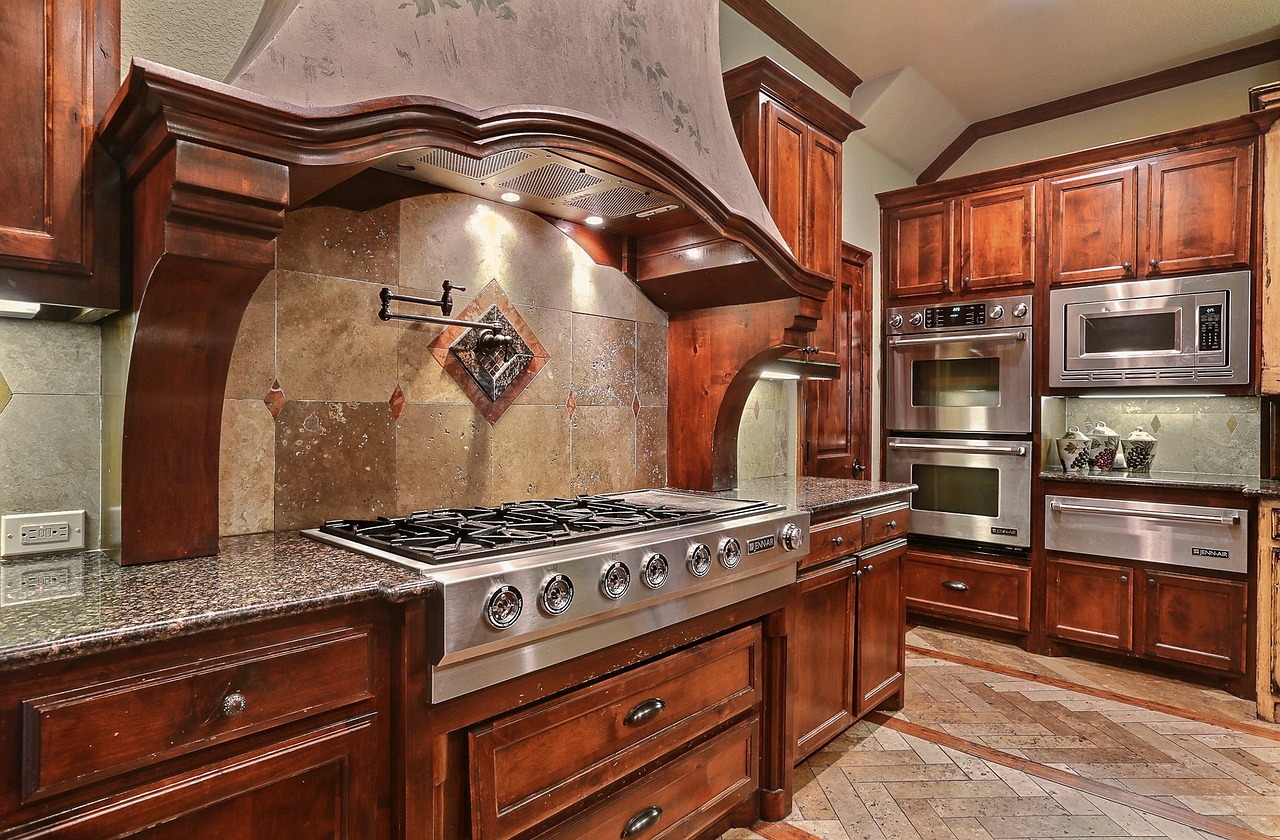
Kitchen Items Reimagined
When it comes to repurposing, the kitchen is often a goldmine of possibilities. Many of us have kitchen items stashed away that we no longer use, but instead of tossing them out, why not give them a new life? Think of your old kitchenware as a blank canvas waiting for your creative touch. From jars to utensils, the options are endless, and the satisfaction of transforming something forgotten into a functional piece is truly rewarding.
For instance, consider those glass jars that once held pasta or pickles. Instead of letting them collect dust in the back of your pantry, they can be transformed into stylish storage solutions. A quick wash and a little creativity can turn them into beautiful containers for spices, herbs, or even craft supplies. You can decorate them with twine, paint, or labels to make them aesthetically pleasing while keeping your kitchen organized.
Another common kitchen item that often goes unused is the cutting board. Instead of relegating it to the drawer, why not turn it into a decorative wall piece? With a bit of sanding and some paint, an old cutting board can become a unique serving tray or a rustic wall art piece. Hang it on the wall with hooks for a charming display that also serves a purpose. This not only declutters your space but also adds a personal touch to your kitchen decor.
Old utensils can also be repurposed in innovative ways. For example, you can use old forks and spoons to create charming garden markers. Simply bend the handles into a shape that suits your garden aesthetic and etch the names of your plants on the metal. This not only adds a whimsical touch to your garden but also ensures that you won’t forget what you’ve planted.
Let’s not forget about appliances that have seen better days. A toaster that no longer works can be transformed into a unique planter. Just remove the internal components, add some soil, and plant your favorite succulents. This quirky addition to your kitchen or patio will definitely be a conversation starter! The beauty of repurposing kitchen items lies in the creativity and resourcefulness it encourages.
In summary, the kitchen is filled with items that can be reimagined and repurposed into something functional and beautiful. By taking a closer look at what you already have, you can create a clutter-free environment that reflects your personal style. So, the next time you consider throwing something away, pause for a moment and ask yourself: How can I transform this?
- What are some easy kitchen items to repurpose?
Common kitchen items like glass jars, utensils, cutting boards, and old appliances can be easily repurposed. - How can I ensure my repurposed items are safe to use?
Always clean items thoroughly and ensure they are suitable for their new purpose, especially if they will hold food or plants. - Can I sell my repurposed items?
Absolutely! Many people love unique, handmade items, so consider selling your creations at local markets or online.
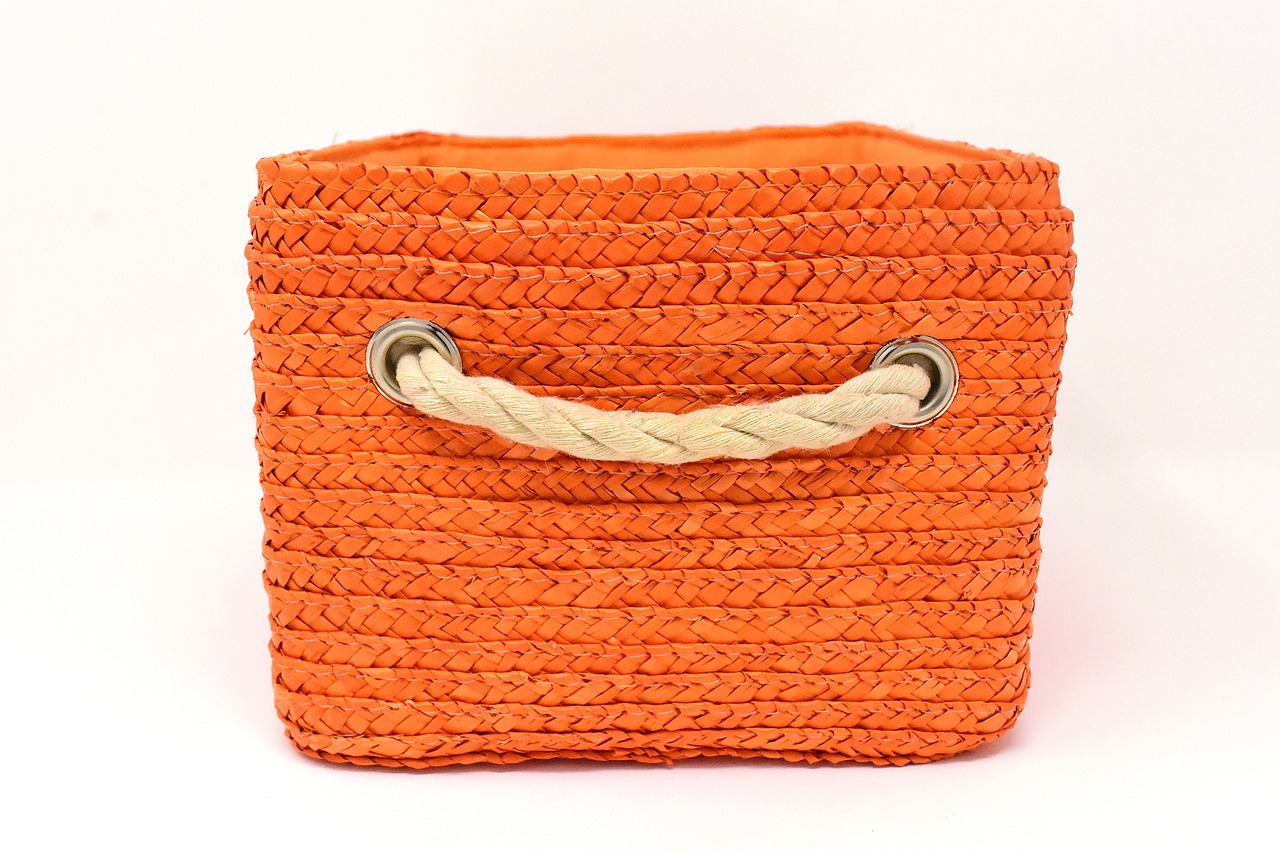
Creative Storage Solutions
When it comes to achieving a clutter-free home, effective storage solutions are absolutely essential. But what if I told you that you can declutter your space while also adding a touch of creativity? Yes, you can! By repurposing items that you already have, you can create stylish and functional storage options that not only help you organize but also enhance your home's aesthetic. Think of it like turning trash into treasure—it's a win-win situation!
Imagine transforming an old wooden ladder into a chic bookshelf. By simply leaning it against a wall and placing your favorite books, plants, or decorative items on the steps, you create an eye-catching display that also serves a practical purpose. This is just one example of how repurposing can breathe new life into everyday objects. The beauty of creative storage solutions is that they reflect your personality and style, making your home feel uniquely yours.
Another innovative idea is to use vintage suitcases as storage. Not only do they offer ample space for blankets, toys, or seasonal clothing, but they also add a nostalgic charm to your decor. Stack them in a corner or use them as a side table—there are endless possibilities! The key is to look at your items from a different perspective. Instead of seeing them as clutter, consider how they can be transformed into functional pieces that serve a purpose.
Let’s not forget about the power of repurposed containers. Mason jars, for instance, can be used for everything from organizing office supplies to storing spices in the kitchen. They are versatile, stylish, and can be customized to fit your decor. You can even paint them or add labels for a more personalized touch. The options are truly limitless!
In addition to these ideas, it's crucial to think about how you can incorporate natural elements into your storage solutions. For example, using wooden crates can create a rustic look while providing functional storage. You can stack them to form a unique shelving unit or use them as under-bed storage. Not only do these solutions help minimize clutter, but they also bring a sense of warmth and earthiness to your living space.
Lastly, don’t underestimate the potential of repurposing furniture. An old dresser can be transformed into a stylish entryway console by removing a few drawers and adding some decorative baskets for storage. This not only helps you keep your entryway tidy but also adds character to your home. Remember, the goal is to think outside the box and let your creativity shine!
To summarize, here are some key points to consider when creating your own :
- Repurpose old furniture and decor items to serve new functions.
- Incorporate natural elements like wooden crates or plants for added warmth.
- Use containers like mason jars for versatile and organized storage.
- Let your creativity guide you—there are no limits!
By embracing these creative storage solutions, you can not only declutter your home but also create a space that feels inviting and personal. So, what are you waiting for? Start looking around your home for items that can be repurposed and let the transformation begin!
Q: What are some easy items to repurpose for storage?
A: Some easy items to repurpose include old suitcases, wooden crates, and mason jars. These can be transformed into stylish storage solutions with minimal effort!
Q: Can I repurpose furniture without any DIY skills?
A: Absolutely! Simple changes like adding baskets to an old dresser or using a ladder as a bookshelf require no advanced skills and can be done quickly.
Q: How do I maintain a clutter-free space after repurposing?
A: Regularly assess your items, make sure everything has a designated spot, and avoid bringing in new items without decluttering first. Consistency is key!

DIY Storage Projects
If you're looking to tackle clutter in your home, are a fantastic way to utilize repurposed materials while adding a personal touch to your space. Imagine transforming that old wooden pallet gathering dust in your garage into a chic wall-mounted shelf or converting mason jars into stylish organizers for your office supplies. The possibilities are endless, and the satisfaction of creating something functional from what you already have is incredibly rewarding.
One of the best aspects of DIY storage projects is that they can be tailored to fit your personal style and the specific needs of your home. For instance, if you have a collection of books that are taking over your coffee table, consider repurposing an old ladder into a unique bookshelf. Simply sand it down, paint it your favorite color, and lean it against the wall. Not only does it provide a quirky storage solution, but it also becomes a striking decorative piece!
Another idea is to turn old crates into under-bed storage. Crates are often overlooked, but they can be easily transformed with a bit of paint and some wheels for mobility. They can hold seasonal clothing, shoes, or even toys, keeping them out of sight but easily accessible. Plus, you can stack them for a more organized look. Here’s a quick overview of a few other creative DIY storage projects:
- Repurposed Suitcases: Old suitcases can be stacked and used as stylish storage for blankets or out-of-season clothing.
- Wine Crates: These can be mounted on walls or used as shelves to create a rustic storage solution for books or plants.
- Drawer Organizers: Use old kitchen drawers as wall-mounted shelves or as storage for craft supplies in your workspace.
When embarking on your DIY journey, remember to consider the materials you have on hand. Not only does this save money, but it also encourages creativity. You might find that an old piece of furniture can be disassembled and its parts used in ways you never imagined. For example, the legs of a broken table could become hooks for hanging bags or scarves, while the tabletop could be transformed into a stylish new desk.
Lastly, don’t forget to involve your family in these projects! It can be a fun way to spend time together while teaching kids about the importance of repurposing and sustainability. You can even set up a friendly competition to see who can create the most innovative storage solution from repurposed items. This not only fosters creativity but also instills a sense of ownership and pride in your home.
In conclusion, DIY storage projects not only help you declutter your space but also allow you to express your creativity and resourcefulness. So, roll up your sleeves, grab those unused items, and start crafting your way to a more organized home!
Q: What materials are best for DIY storage projects?
A: Almost any material you have lying around can be used! Wood, metal, and even fabric can be repurposed into functional storage solutions. Look for items like crates, pallets, jars, and old furniture.
Q: How do I ensure my DIY projects are safe and sturdy?
A: Always check the integrity of the materials you’re using. If you’re unsure, reinforce them with screws or brackets. It’s also wise to use non-toxic finishes and paints, especially for items used in living spaces.
Q: Can I personalize my storage projects?
A: Absolutely! Personalization is one of the best parts of DIY projects. You can paint, stain, or decorate your storage solutions to match your home decor and reflect your personal style.

Incorporating Nature
Bringing the outdoors inside can transform your living space into a serene oasis. Nature has a way of grounding us, and incorporating natural elements into your home decor not only enhances aesthetics but also promotes well-being. Imagine a cozy corner filled with greenery or a rustic wooden shelf adorned with succulents; these little touches can breathe life into your home. But how do you effectively incorporate nature through repurposing? Here are some creative ideas.
First off, consider using natural materials that you might already have lying around. Old wooden pallets, for example, can be transformed into stunning planters or garden boxes. Instead of tossing that worn-out ladder, why not give it a new lease on life by turning it into a vertical garden? Hang some pots from the rungs, and voilà! You have a unique display that not only looks great but also saves space.
Another fantastic way to incorporate nature is by using glass containers for your plants. Old jars, vases, or even light bulbs can serve as charming terrariums. Just fill them with soil, add some small plants, and you have a beautiful centerpiece that sparks conversation. This not only declutters your space but also adds a touch of greenery that brightens up any room.
If you're feeling particularly crafty, think about creating nature-inspired art. Collect twigs, leaves, or stones during your next walk in the park, and use them to create stunning wall art or decorative pieces. For instance, a simple frame can be filled with pressed flowers or leaves, giving your walls a natural touch. This kind of decor not only looks beautiful but also tells a story of your connection with nature.
Finally, don't underestimate the power of aromatic plants. Herbs like basil, rosemary, and mint can be grown in repurposed containers and placed near your kitchen window. Not only do they add a splash of green, but they also provide fresh ingredients for your cooking. Plus, the delightful scents can uplift your mood and make your home feel more inviting.
Incorporating nature into your home through repurposing is about more than just aesthetics; it’s about creating a sanctuary that reflects your personality and values. As you embark on this journey, remember that every little bit counts. Even small changes can create a significant impact, making your home feel more connected to the natural world.
- How can I start repurposing items in my home?
Begin by identifying items you no longer use or need. Think creatively about their potential new uses and get inspired by online resources or DIY communities. - What are some easy plants to incorporate into my decor?
Consider low-maintenance plants like succulents, snake plants, or pothos, which are perfect for beginners and can thrive in various conditions. - Can I repurpose items without any crafting skills?
Absolutely! Many repurposing ideas require minimal skills, such as using jars for storage or turning crates into shelves. Start simple and gradually take on more complex projects as you gain confidence.

Maintaining a Clutter-Free Space
After you've embarked on your exciting journey of repurposing and decluttering, the next challenge is to maintain that beautifully organized space. It's like planting a garden; once you've sown the seeds and nurtured them, you must continue to care for them to see them flourish. So, how do you keep your home clutter-free and ensure that your repurposed items remain functional and stylish?
First and foremost, it's essential to establish a routine. Just like you wouldn't let your garden go wild, you shouldn't let clutter creep back into your life. Schedule regular intervals—perhaps once a month or every season—to reassess your space. During these check-ins, ask yourself if items still serve a purpose or if they have become mere decorations. This proactive approach can prevent clutter from accumulating and becoming overwhelming.
Another effective strategy is to adopt the "one in, one out" rule. For every new item you bring into your home, consider letting go of an existing one. This practice not only helps to keep your possessions in check but also encourages mindful shopping. When you view every new purchase through the lens of what you already own, you become more intentional about your choices. It's like a balancing act—keeping the scales tipped in favor of a clutter-free environment.
Moreover, consider creating designated spaces for your repurposed items. Each piece should have a specific spot where it belongs. This organization makes it easier to find things and lessens the likelihood of items being left out and about. For instance, if you’ve turned an old ladder into a bookshelf, ensure that it’s placed in a location where it can shine without becoming a catch-all for miscellaneous objects. This not only maintains order but also allows your creativity to take center stage.
Lastly, don’t forget to involve your family in maintaining a clutter-free space. Make it a fun activity where everyone contributes to keeping the home organized. You could even set up a friendly competition to see who can find the most items to repurpose or donate. This collective effort not only makes the task lighter but also fosters a shared sense of responsibility towards your living space.
In summary, maintaining a clutter-free home after repurposing requires a combination of regular assessments, mindful consumption, designated spaces for items, and family involvement. By incorporating these practices into your daily life, you can enjoy a home that is not only organized but also a true reflection of your creativity and style. Remember, a clutter-free space is not just about aesthetics; it’s about creating an environment that promotes peace and productivity. So, roll up your sleeves, and let’s keep that clutter at bay!
- How often should I declutter my home? It's advisable to reassess your space at least once a month or seasonally to prevent clutter from building up.
- What should I do with items I no longer need? Consider donating, selling, or repurposing them into something functional.
- Can I repurpose items that are damaged? Absolutely! Many damaged items can be creatively transformed into unique decor or functional pieces.
- How can I involve my family in maintaining a clutter-free home? Make it a fun activity by organizing competitions or setting family decluttering days.
Frequently Asked Questions
- What is repurposing?
Repurposing is the creative process of taking an item that is no longer useful in its original form and transforming it into something new and functional. For example, turning an old ladder into a bookshelf or using glass jars for storage. This not only helps reduce clutter but also promotes sustainability.
- How can I identify clutter in my home?
To identify clutter, start by assessing each room in your home. Look for items that you haven’t used in the past year, duplicates, or things that don’t serve a purpose anymore. Make a list of these items and categorize them based on potential repurposing opportunities.
- What are some common sources of clutter?
Common sources of clutter include old furniture, clothes that no longer fit, kitchen gadgets that are rarely used, and decorative items that don’t match your current style. By recognizing these sources, you can create a focused plan to declutter through repurposing.
- Can I repurpose furniture easily?
Absolutely! Repurposing furniture can be a fun DIY project. Simple transformations like painting an old chair, converting a dresser into a TV stand, or using crates as shelving can significantly reduce clutter while adding a personal touch to your home.
- What can I do with old clothing and textiles?
Old clothing and textiles can be repurposed into a variety of items such as pillow covers, tote bags, or even quilts. This not only gives them a new life but also helps you declutter your wardrobe in a creative way.
- How can kitchen items be repurposed?
The kitchen is full of potential for repurposing! You can turn old mugs into planters, utilize wine crates for pantry storage, or transform cutting boards into decorative wall art. The possibilities are endless!
- What are some creative storage solutions using repurposed items?
Repurposed items can serve as unique storage solutions. For instance, using an old suitcase as a storage box, converting a wooden pallet into a shoe rack, or using mason jars to organize small items can all help keep your space tidy and stylish.
- How do I maintain a clutter-free space after repurposing?
To maintain a clutter-free space, regularly evaluate your belongings and practice the one-in-one-out rule: for every new item you bring in, consider letting go of an existing one. Also, ensure that repurposed items have designated spaces to keep everything organized.
- Can I involve my family in repurposing projects?
Definitely! Involving family members in repurposing projects can be a great bonding experience. It encourages creativity and teamwork, and everyone can contribute their ideas on how to transform items around the house.



